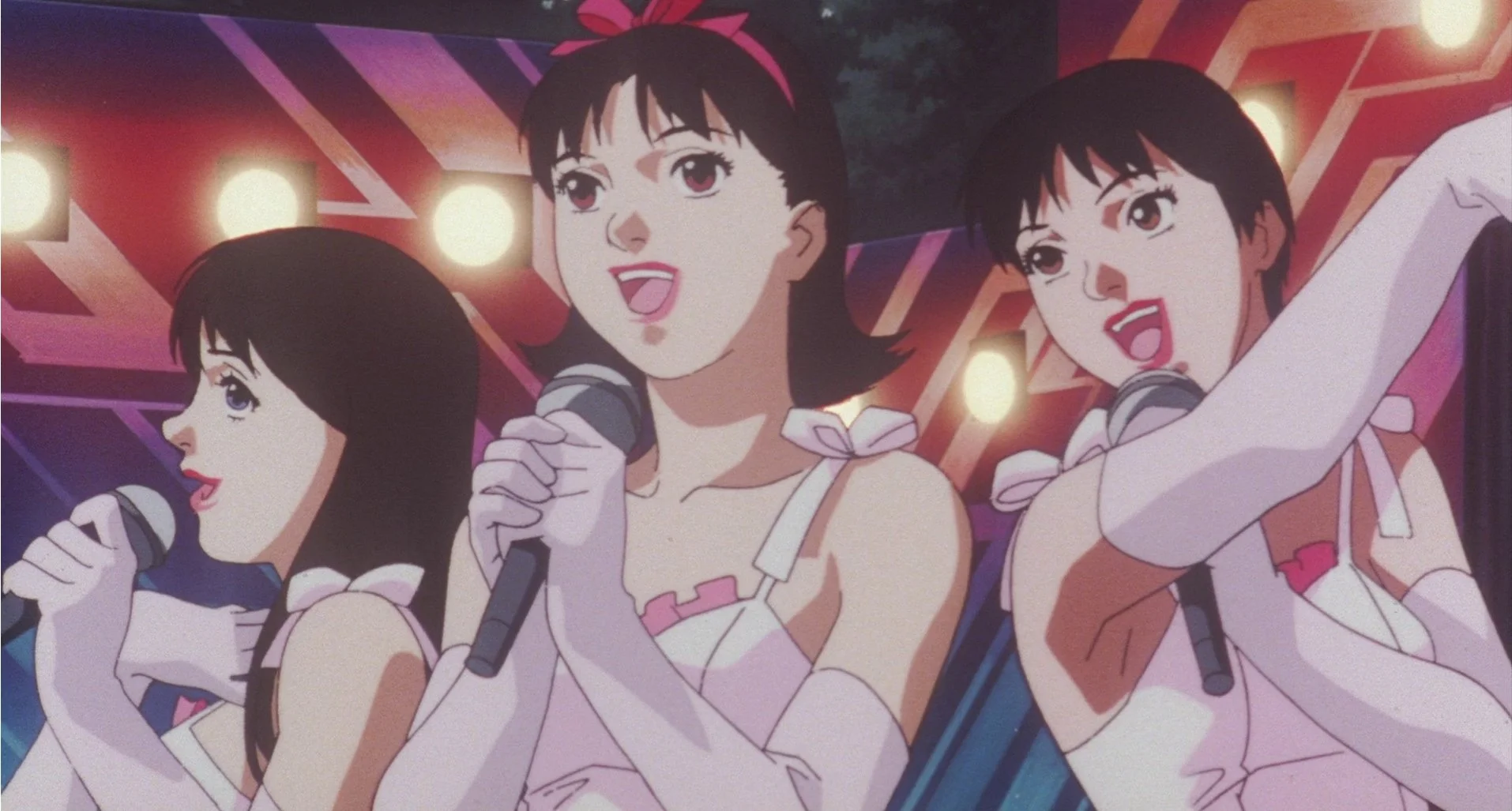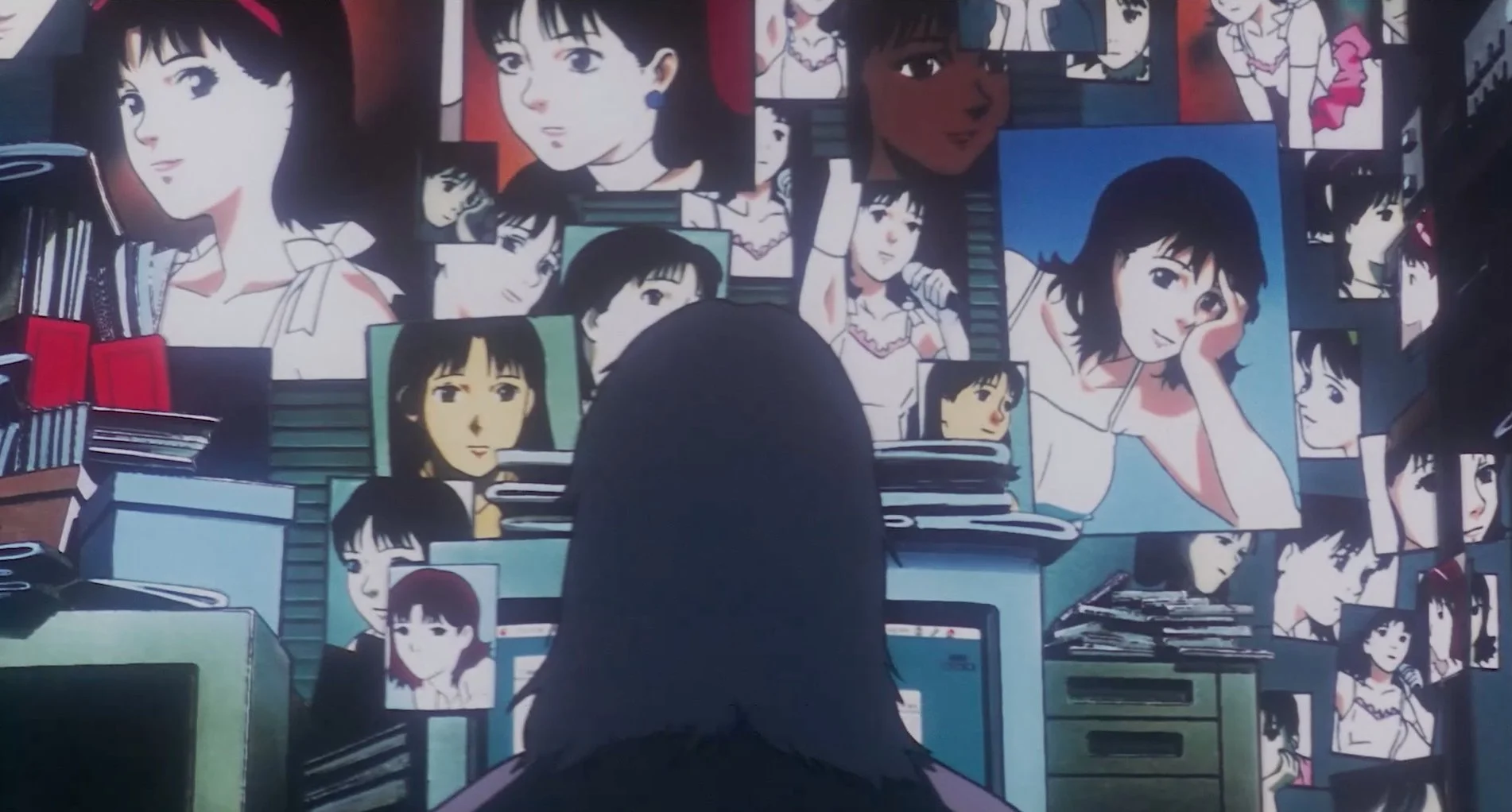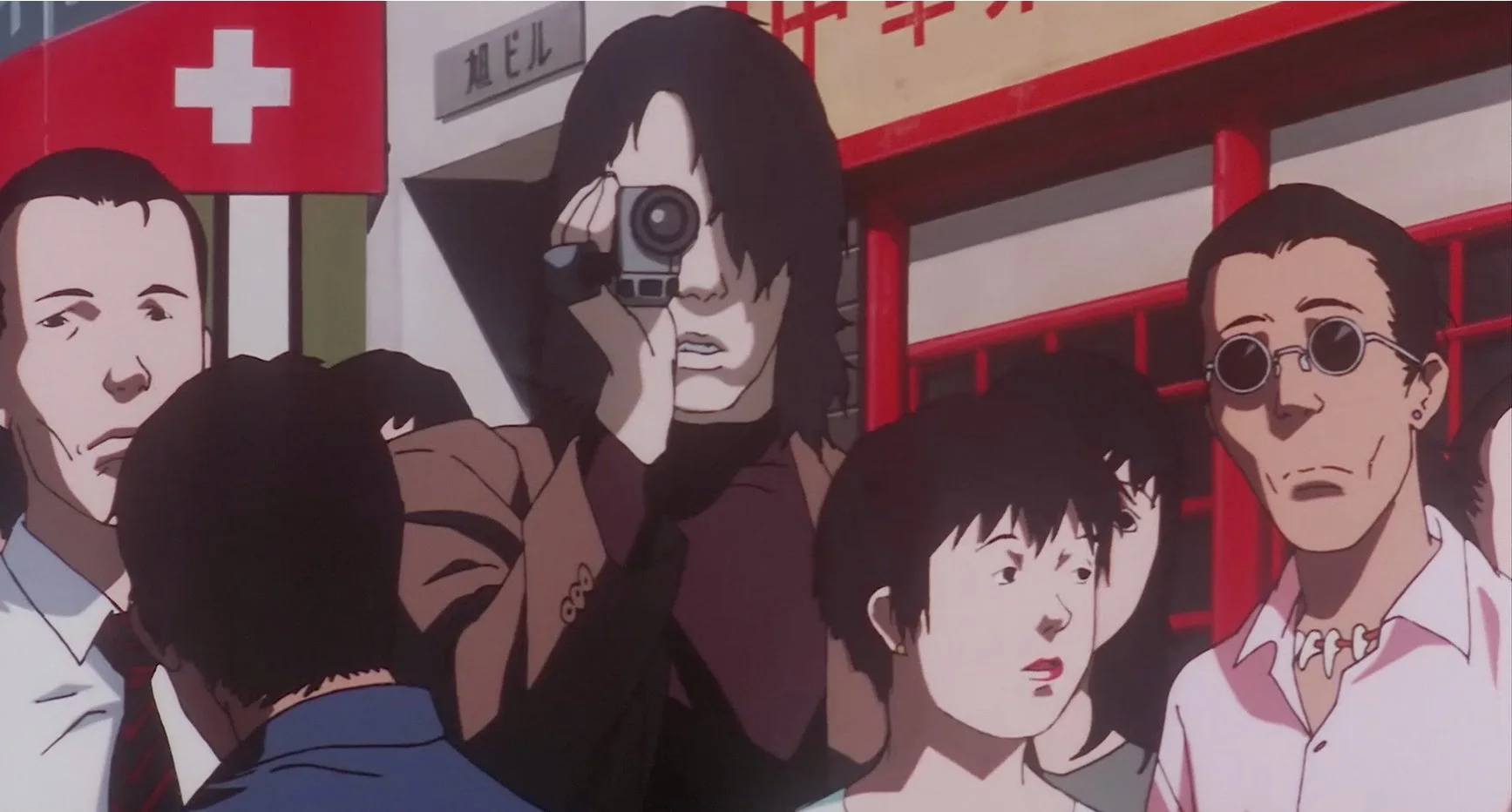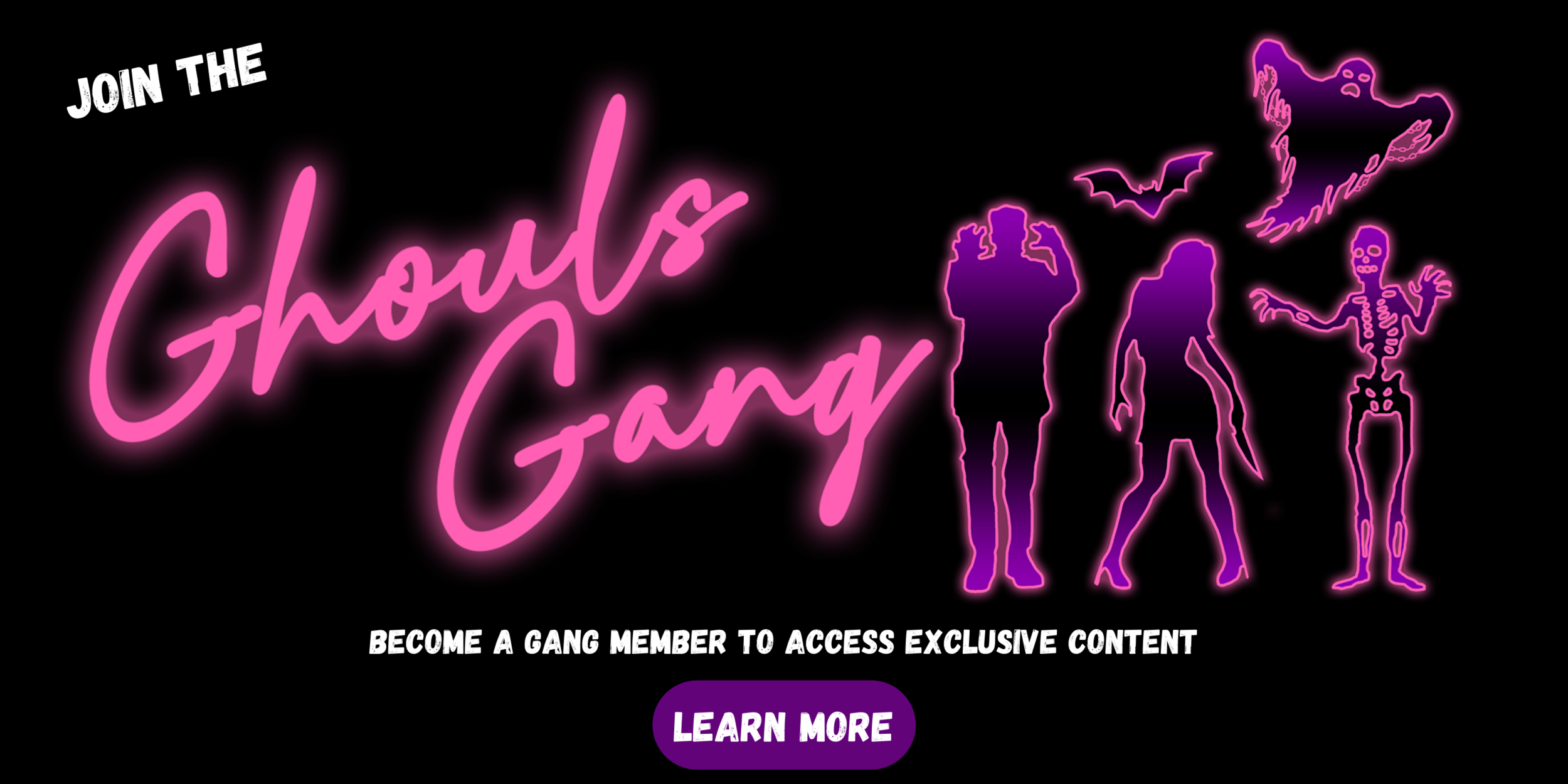[Editorial] 25 Years Later: Perfect Blue (1997)
Trigger warning: Sexual assault and abuse
The words “iconic” and “influential” are thrown around a lot more than they should be, especially when it comes to film. Iconic or influential films should be instantly recognisable with references from other media types. Whether a huge blockbuster that has dominated the box office or a classic from the Golden Age of Hollywood synonymous with high-quality filmmaking, influential films can be found all over the world.
One film renowned as one of the most influential anime films of all time is Satoshi Kon’s debut feature film, Perfect Blue. Even if you haven’t seen it, chances are that you will either recognise the certain shots or have seen a film that has taken inspiration from it. There are plenty of examples such as Darren Aronofsky who revisits Perfect Blue throughout his filmography, especially in his films Requiem for a Dream and Black Swan, the latter of which seems to share narrative parallels as protagonist Nina is haunted by a manifestation of herself that threatens to end her career. One shot that is particularly striking in Perfect Blue is when Mima screams in the bathtub. Aronofsky recreates this shot in his debut feature Requiem for a Dream, and it could have served as inspiration for Alex Garland in this year’s Men.
Perfect Blue is a psychological horror-thriller released in 1997 and follows protagonist Mima, who is a member of J-Pop idol group CHAM! and has garnered a dedicated fan following during her time in the group. When she decides that she wants to leave CHAM! and embark on a serious acting career, severe tragedies begin to happen when those whom Mima encounters on her new career path are brutally murdered. The situation worsens as Mima begins to see visions of an alternative version of herself, one that is clad in the costumes she used to wear, hell-bent on convincing Mima that she is not real.
One of the biggest topics explored in Perfect Blue is the conflict in identity. Most of the film is grounded in reality, but the struggle with identity is where hints of the supernatural are incorporated as Mima begins to see a version of herself that berates her with name-calling and judgement which worsens as Mima pursues her career with more determination. What Kon does with the inclusion of the Mima manifestation is externalise Mima’s identity crisis as she struggles with the transition from innocence to adulthood. Her previous identity in CHAM! was dictated by others when it came to how she dressed and acted on and offstage, while her foray into the acting world sees her make decisions by herself, so she can decide how she is perceived by others.
At the start of the film, Mima is a guest star in the detective crime series “Double Bind”, and takes on a starring role against her manager’s wishes as a woman who is brutally raped. The scene in which we see Mima filming her role is incredibly uncomfortable and disturbing to watch. Animation is a medium where the line between fact and fiction is easily blended compared to live-action films and Kon’s vision in this scene makes the assault feel as though it is actually happening to Mima. This blending of fact/fiction and reality/fantasy is something that Kon utilises in his later films, but in Perfect Blue, there is a grittiness and a realness where the stakes feel higher.
The Mima manifestation is in fact a representation of “Virtual Mima” as someone has set up a fan page in which they are posting daily updates, pretending to be the real Mima. This person has been talking to a crazed fan and stalker known as Me-Mania, telling him that the Mima who is acting and posing naked for magazines is a fake who needs to be killed. This prompts Me-Mania to go on a killing spree as he brutally murders those who have taken part in Mima’s transition to becoming an actress.
HAVE YOU LISTENED TO OUR PODCAST YET?
In a shocking turn of events, Me-Mania eventually attempts to rape and kill Mima, in a scene that replicates the graphic sexual assault scene depicted in the fictional detective show Mima stars in. Even though Me-Mania is a crazed fan who appears to despise the gritty, adult world that Mima is engaging with, he himself is taking part in the very behaviour that he and Virtual Mima deplore. This showcases the hypocrisy in society’s expectations of gender roles and men’s treatment of women, especially those in the public eye, as Mima is treated like a piece of meat.
It would be a crime to discuss the identity conflict in Perfect Blue and not cover the climactic chase scene in which Mima’s manager, Rumi, has been revealed as Virtual Mima and pursues Mima through the alleys and streets whilst dressed in a costume that is reminiscent of Mima’s pop idol persona. This is the ‘iconic’ scene with an eeriness built by Kon as he brilliantly uses the animation medium to display Rumi’s dissociative identity disorder. As Rumi truly believes that she is the real Mima, she becomes Mima during the chase scene and the only time we actually see Rumi is in the window reflections as she passes by. Rumi’s downfall is when she comes face to face with her reflection and sees who she really is.
What makes Perfect Blue such a relevant film in today’s world is the way in which technology is incorporated into the film’s narrative. Since the film was released in 1997, the technology used is extremely dated by today’s standard, but at the time of release, fan websites were not as commonly used and therefore had an unusual presence during a time when digital media was coming into play. The websites are referred to as “homepages” which we would call a “fan site” or “blog” today, and Virtual Mima and Me-Mania could also be regarded as Internet trolls.
However, it is not simply the parallels with modern technology that makes Perfect Blue relevant, but the way in which technology is used to attack a person’s mental health and the repercussions of these actions in Mima’s eventual mental health decline. Trolling has become more commonplace thanks to the introduction of social media, which allows more direct communication from people all over the world. While social media has many benefits, the dangers that it carries are also apparent with many suffering from mental health problems and even instances of suicide in some cases.
While Mima’s story may have seemed unique and unusual on the film’s release, her experience is even more relatable in today’s world as many people, especially women, are subjected to more intense societal pressures that dictate how they should act and dress, even if they are not in the public eye. This means that you don’t necessarily have to be a famous figure like Mima to be subjected to the rhetoric and backlash that she faces, which makes Perfect Blue an uncomfortable watch.
It is these difficult topics that make Perfect Blue such an important film as it raises discussions on how women are treated in their quest to find their own identity. The striking imagery and unflinching narrative make it both terrifying and uncomfortable, but watching Mima’s journey as she breaks away from living a life that is dictated by men in order to appease men, this is a character who ends the film empowered.
Even now, the film makes for gripping viewing from beginning to end and will leave you exhaling with a sigh of relief as Mima looks in her car mirror in the final shot and confidently says, “I’m the real thing!”




![[Ghouls Podcast] Maniac (2012) with Zoë Rose Smith and Iona Smith](https://images.squarespace-cdn.com/content/v1/5fe76a518d20536a3fbd7246/1696356006789-NYTG9N3IXCW9ZTIJPLX2/maniac.jpg)
![[Ghouls Podcast] The Last House on the Left (2009) with Zoë Rose Smith and Jerry Sampson](https://images.squarespace-cdn.com/content/v1/5fe76a518d20536a3fbd7246/1687863043713-54DU6B9RC44T2JTAHCBZ/last+house+on+the+left.jpg)
![[Ghouls Podcast] The Bay (2012) with Ariel Powers-Schaub & Amber T](https://images.squarespace-cdn.com/content/v1/5fe76a518d20536a3fbd7246/1684751617262-6K18IE7AO805SFPV0MFZ/The+Bay+website+image.jpg)
![[Ghouls Podcast] Picnic at Hanging Rock (1975) with Zoë Rose Smith & Rebecca McCallum](https://images.squarespace-cdn.com/content/v1/5fe76a518d20536a3fbd7246/1682536446302-I2Y5IP19GUBXGWY0T85V/picnic+at+hanging+rock.jpg)
![[Ghouls Podcast] Psychotic Women in Horror with Zoë Rose Smith & Mary Wild](https://images.squarespace-cdn.com/content/v1/5fe76a518d20536a3fbd7246/1678635495097-X9TXM86VQDWCQXCP9E2L/Copy+of+Copy+of+Copy+of+GHOULS+PODCAST+THE+LOVED+ONES.jpg)
![[Ghouls Podcast] Nekromantik with Zoë Rose Smith & Rebecca McCallum](https://images.squarespace-cdn.com/content/v1/5fe76a518d20536a3fbd7246/1677422649033-Z4HHPKPLUPIDO38MQELK/feb+member+podcast.jpg)
![[Ghouls Podcast] Final Destination 5 & Wrap-up with Ariel Powers-Schaub & Iona Smith](https://images.squarespace-cdn.com/content/v1/5fe76a518d20536a3fbd7246/1672841326335-WER2JXX7WP6PO8JM9WB2/PODCAST+BONUS+2023+%284%29.jpg)
![[Ghouls Podcast] Final Destination 3 & 4 with Ariel Powers-Schaub & Iona Smith](https://images.squarespace-cdn.com/content/v1/5fe76a518d20536a3fbd7246/1672841151148-U152EBCTCOP4MP9VNE70/PODCAST+BONUS+2023+%283%29.jpg)
![[Ghouls Podcast] Final Destination 1 & 2 with Ariel Powers-Schaub & Iona Smith](https://images.squarespace-cdn.com/content/v1/5fe76a518d20536a3fbd7246/1672841181605-5JOOW88EDHGQUXSRHVEF/PODCAST+BONUS+2023+%282%29.jpg)
![[Ghouls Podcast] Henry: Portrait of a Serial Killer (1986)](https://images.squarespace-cdn.com/content/v1/5fe76a518d20536a3fbd7246/1672841247731-65K0JKNC45PJE9VZH5SB/PODCAST+BONUS+2023+%281%29.jpg)
![[Ghouls Podcast] A Serbian Film with Rebecca and Zoë](https://images.squarespace-cdn.com/content/v1/5fe76a518d20536a3fbd7246/1672841382382-RY0U5K7XD4SQSTXL2D14/PODCAST+BONUS+2023.jpg)


![[Editorial] Keeping Odd Hours: A Retrospective on Near Dark (1987)](https://images.squarespace-cdn.com/content/v1/5fe76a518d20536a3fbd7246/1696445070868-HU9YIL3QPBCL1GW47R3Z/Screenshot+2023-10-04+at+19.36.53.png)
![[Editorial] Soho Horror Film Festival: Interview with Aimee Kuge on Cannibal Mukbang](https://images.squarespace-cdn.com/content/v1/5fe76a518d20536a3fbd7246/1701808004722-9M8SZ2UXY52QBQBR4NTI/img20230818_15150780.JPG)
![[Editorial] 9 Horror Nintendo Switch Games To Play](https://images.squarespace-cdn.com/content/v1/5fe76a518d20536a3fbd7246/1697214470057-3XZXX8N4LYIMDFWS6Z3P/Screenshot+2023-10-13+at+17.20.13.png)
![[Mother of Fears] Mothering in Silence in A Quiet Place (2018)](https://images.squarespace-cdn.com/content/v1/5fe76a518d20536a3fbd7246/1696445921315-HZJ2DZYQIH6VVWXBO2YL/Screenshot+2023-10-04+at+19.52.29.png)
![[Editorial] Cherish Your Life: Comfort in the SAW Franchise Throughout and Beyond the COVID-19 Pandemic](https://images.squarespace-cdn.com/content/v1/5fe76a518d20536a3fbd7246/1695487675334-MYPCPYYZQZDCT548N8DI/Sc6XRxgSqnMEq54CwqjBD5.jpg)
![[Editorial] Mayhem Festival: Interview with Thomas Sainsbury on Loop Track (2023)](https://images.squarespace-cdn.com/content/v1/5fe76a518d20536a3fbd7246/1697186472899-WC4RR0TW7L7LMFEBGPA2/Tom+Sainsbury.jpg)
![[Editorial] What to Watch at This Year's Cine-Excess International Film Festival 2023](https://images.squarespace-cdn.com/content/v1/5fe76a518d20536a3fbd7246/1697213510960-REV43FEOZITBD2W8ZPEE/Screenshot+2023-10-13+at+17.01.15.png)
![[Editorial] 5 Female Focused Horror Book Recommendations](https://images.squarespace-cdn.com/content/v1/5fe76a518d20536a3fbd7246/1696441981361-52EQCTJ7AT2QF1927GM7/919xtm6d3fL._AC_UF894%2C1000_QL80_.jpg)
![[Event Review] Highlights from Mayhem Film Festival 2023](https://images.squarespace-cdn.com/content/v1/5fe76a518d20536a3fbd7246/1697624582491-MPT2VB9RRGU6OG7L6UKL/Mayhem+2023.jpg)
![[Editorial] 10 Films & Events to Catch at Soho Horror Film Fest 2023](https://images.squarespace-cdn.com/content/v1/5fe76a518d20536a3fbd7246/1700819417135-299R7L4P0B676AD3RO1X/Screenshot+2023-11-24+at+09.41.52.png)























![[Editorial] 9 Best Slashers Released Within 10 Years of Scream (1996)](https://images.squarespace-cdn.com/content/v1/5fe76a518d20536a3fbd7246/1695478839037-LOFHGVM3H6BMSZW7G83M/Screenshot+2023-09-23+at+15.15.11.png)
![[Mother of Fears] Mother Vs. Monster in Silent Hill (2006)](https://images.squarespace-cdn.com/content/v1/5fe76a518d20536a3fbd7246/1695485781119-H6GNP0G3J2TLPAOIABV7/Screenshot+2023-09-23+at+17.11.56.png)
![[Editorial] 9 Terrifying Cerebral Visions in Horror Movies](https://images.squarespace-cdn.com/content/v1/5fe76a518d20536a3fbd7246/1693509801235-X23OL50T1DVGECH0ZJK2/MV5BMjQ0MTg2MjQ4MV5BMl5BanBnXkFtZTgwMTU3NDgxMTI%40._V1_.jpg)
![[Mother of Fears] I Don’t Wanna Be Buried in a Pet Sematary (1989) and (2019)](https://images.squarespace-cdn.com/content/v1/5fe76a518d20536a3fbd7246/1691328766069-QFNAVJOMFZVZ5CLU1RWM/Screenshot+2023-08-06+at+14.23.13.png)
![[Mother of Fears] How I Love to Love Nadine in The Stand (2020)](https://images.squarespace-cdn.com/content/v1/5fe76a518d20536a3fbd7246/1690213172707-TKM9MZXK02EVCIX30M1V/Screenshot+2023-07-24+at+16.29.11.png)
![[Editorial] 11 Best Werewolf Transformations in Horror Films](https://images.squarespace-cdn.com/content/v1/5fe76a518d20536a3fbd7246/1689240234098-HUPQC6L57AAHFJNT8FTE/Screenshot+2023-07-13+at+10.09.13.png)
